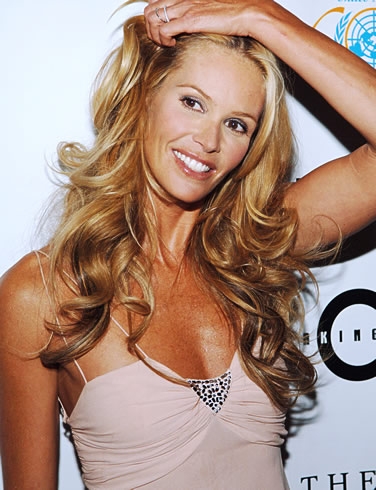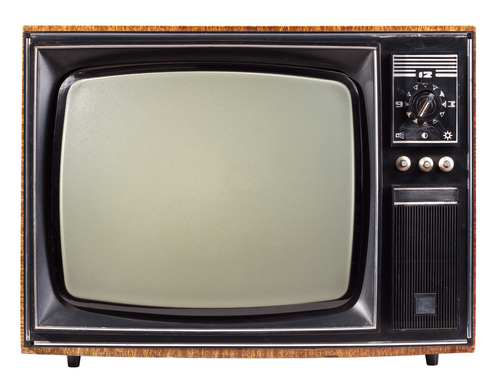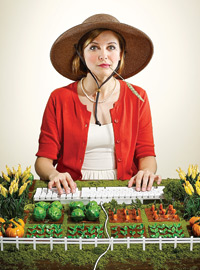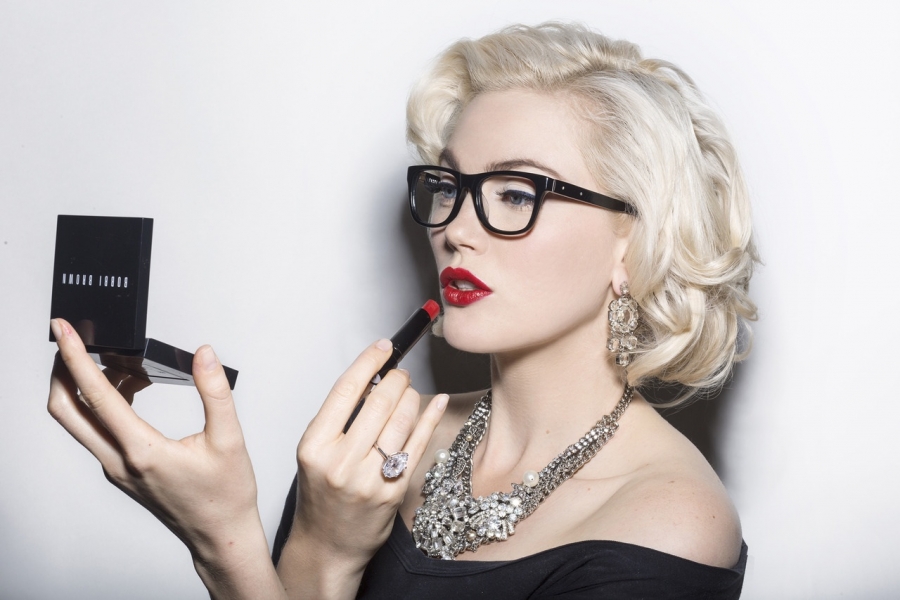Yes, “Fashion Star” is another competition show for up-and-coming designers, but a couple of twists set it apart. The biggest is that it puts front and center the question any layman has when peering into the high-fashion world: “Who besides a supermodel would ever wear this stuff?”
The show, which begins with 14 designers, parades the competitors’ creations in front of three buyers, Caprice Willard of Macy’s, Terron E. Schaefer of Saks Fifth Avenue and Nicole Christie of H&M. After each runway walk there’s a delicious moment as designers and viewers wait to see whether the buyers will flash a dollar amount on the screens in front of them — a bid for the right to carry the design in their respective stores — or the dreaded words “No Offer.”
The buyers add a welcome practicality to the proceedings. Nice piece but way too heavy for the spring season, they might say. Or, looks good on a runway, but my customers’ vision is limited by the confines of a store. The show’s big gimmick is that the designs that draw a bid will be available the next day in the store that made the winning bid and online immediately.
It’s the ultimate in product placement, a new achievement, if that’s the word, in the transformation of television into one giant commercial. But dang it, it’s kind of fun.
The show spends a lot more time on the runway and a lot less in the sewing room than “Project Runway” does, and the fashion walks are presented with booming music before a whooping audience, taking on the tenor of a theatrical spectacle. Viewers who like backstage traumas involving fabric that won’t behave may be disappointed, but those who come for the clothes will be sated.
Ms. Richie and Ms. Simpson, along with the designer John Varvatos, constitute a panel of mentors who try to nudge the designers away from bad decisions and toward marketable clothing. Sometimes they’re ignored, though their advice is always on target.
The format is a bit involved, but here’s the gist: Designers who get a bid from a buyer automatically move on to the next week; those who don’t are subject to elimination. Somehow a “bottom three” are chosen from that group, the mentors have the opportunity to “save” one of those, and the other two stand before the buyers, who give one of them the boot.
Elle Macpherson, the show’s host, is the only dead spot, but she isn’t around much. The real stars are the designers, and it’s an eclectic bunch, some already working in the industry, others who dream to. The group includes Oscar Fierro, a particularly irritating drama queen; the cocky, bowtie-wearing Ross Bennett; the androgynous Kara Laricks; and assorted others. Personalities and back stories are unveiled slowly, which should give the show plenty to fill time with as the field narrows.
Also worth noting: “Fashion Star” gets high marks for diversity, among the designers, the panelists, the models. Seems appropriate. Almost everybody wears clothes.
.gif)




.jpg)


